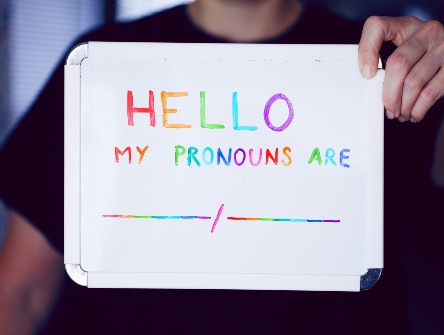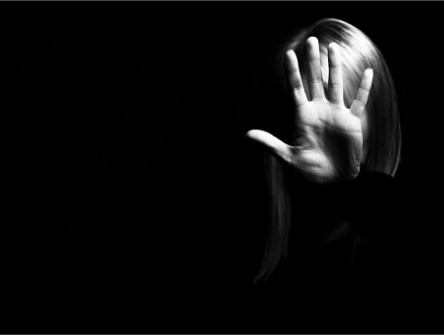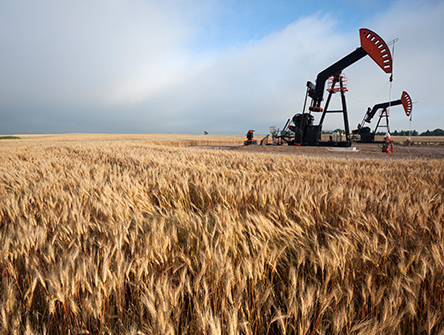A call to reckoning
It’s time for Canada's government to treat the response to the TRC’s Calls to Action as a national priority.
.jpg?ext=.jpg)
"Death cast a long shadow over Canada's residential schools." So reads a line from volume 4 of the Final Report of the Truth and Reconciliation Commission of Canada. This volume specifically addresses the issue of missing children and unmarked burials. It tells the story of neglected and abused students, many of whom took their own lives, or died as a result of accidents and poor medical care, without their parents ever being informed. The statement took on new meaning for me this week as so many people struggled to cope with the discovery of the bodies of 215 children buried on the site of a former residential school in Kamloops.
People across the country and beyond have understandably reacted with shock and horror to the news. I myself have felt sad, and distracted. My grandfather survived the hardships of the residential school system, which is why I've kept a copy of both the Summary of the Final Report and the full TRC report close to me for the last six years. Six of the report’s 94 Calls to Action address the need for a national strategy to collect information on missing children and whatever burial information exists. They remain unfulfilled.
None of what transpired in Kamloops should have come as a surprise to anyone. Yet this past week, I've hardly been able to speak at times past the constant lump in my throat or the sudden tears which appear in my eyes without warning. I have had discussions with indigenous friends who have had the same experience as me – this has had a community-wide impact. The discovery in Kamloops has brought forward so many more stories across the country – about other sites and the roles which certain individuals and businesses played in the residential school system. Perhaps the discovery of the bodies suddenly made what we knew to be true more real. It also saddens me to watch and listen to Indigenous people relive the painful trauma we have had to work through for generations. But my sadness is also rooted in disappointment. Regardless of the advances we make, there's always that pull in this country to let the history of our residential school system fade into the shadow again. People say, “it’s time to move past it,” but how do you “move past” the deaths and disappearance of thousands of children?
To the hopeful among us, the work of the Truth and Reconciliation Commission was an extraordinary effort to shed light on history that had been obscured for decades, the terrible emotional havoc experienced by survivors, families and anyone personally affected by residential schools. We would finally record and document their truth.
In the immediate aftermath of its release, the TRC's final report was widely reported in media outlets across Canada and the world — although if we're honest with ourselves, the issue of missing children deserved far more attention. All the same, communities, governments and organizations across the country committed to the TRC's Calls to Action. I am proud that the association I lead is among those prioritizing their advancement.
And yet the recent discovery at Kamloops is a stark reminder of how little headway we've made in six years. It's also discouraging to note how little progress has been made on addressing the findings of the National Inquiry into National Missing and Murdered Indigenous Women and Girls, whose report was completed two years ago. The government action plan was presented only today. We can speak our truth, but the undertow of forgetting and denial is strong.
How is it that so little government funding has been committed to searches for residential school graves and the maintenance of a national registry? How is it appropriate that the searches for burial sites must be initiated and paid for by Indigenous groups and First Nations? How does one explain to the families and communities of residential school victims that the government is not doing more to recover records in the Catholic Church's possession, or ensure their preservation?
It is tempting to see a lack of progress as the result of our governments struggling to manage a confluence of other crises – coping with a global pandemic and its economic aftershocks, and preparing for a world disrupted by climate change among them. All are issues worthy of their attention, but we need to remember that trauma isn't something that just goes away, and collective trauma of this magnitude will hold back societies for a long time. This is why the response to the TRC's Calls to Action cannot be delayed any further. It’s been six years already since the Calls to Action were presented to us.
When I attended a ceremony as part of the opening of the TRC gathering in Winnipeg in 2010, I couldn't fathom the idea of one or all of my sons, at a young age, being taken away from me. I'm sure that's a sentiment shared by most of the Canadian public this past week. My adopted mother said to me a few days ago that this is the stuff of nightmares. I can only hope that the widespread outrage over the discoveries in Kamloops will serve as a call to reckoning for Canada's governments – and the churches that ran the schools – to do the work that Indigenous people have been long calling for. Now is the time to show full transparency: What are those institutions in fact doing to address the TRC's Call to Action, specifically those dealing with missing children and unmarked burials? It's time this country confronts its legacy of residential schools with resolve, common sense, and funding appropriate to completing the task. There can be no more delays.
Reconciliation is about coming to terms with the past, the TRC’s final Report reminds us: “For that to happen, there has to be awareness of the past, acknowledgement of the harm that has been inflicted, atonement for the causes, and action to change behaviour.”


